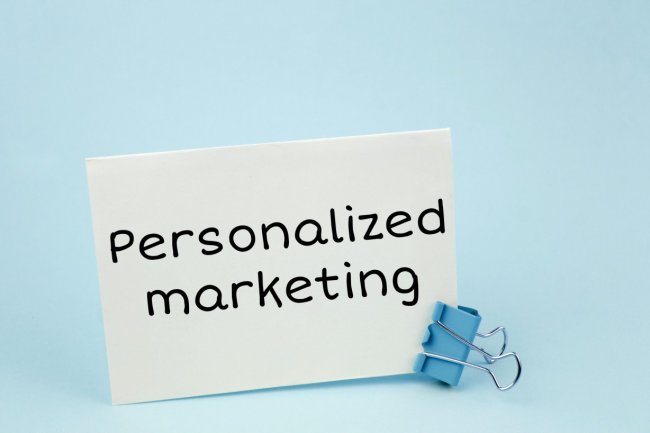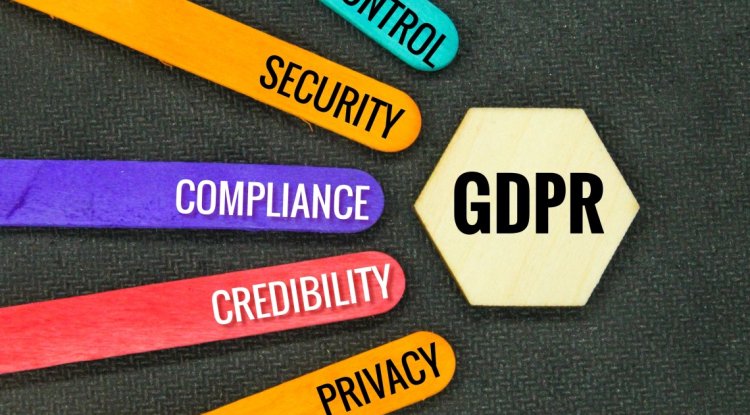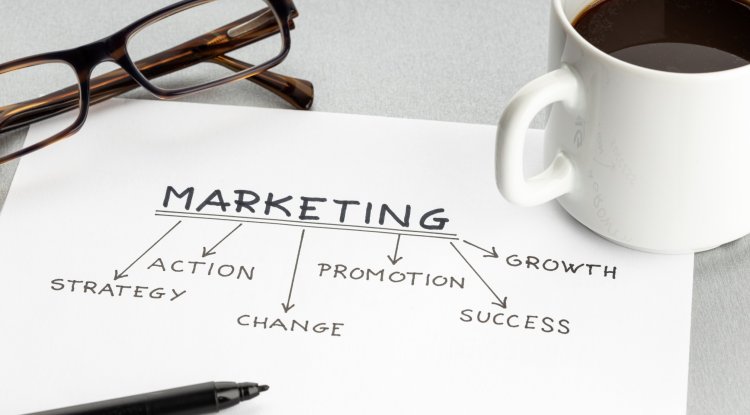Navigating the Fine Line Between Persuasion and Deception in Advertising
Discover the art of persuasion in advertising and learn how to avoid the pitfalls of deception. Explore real-world examples and strategies for maintaining authenticity in your campaigns.

In today's fast-paced and competitive market, the art of persuasion is at the heart of successful advertising. It's a world where captivating visuals, compelling narratives, and emotional appeals are meticulously crafted to entice consumers. However, there exists a fine line between persuasion and deception, a line that, when crossed, can lead to a breach of trust, tarnishing a brand's reputation and alienating its audience.
The Power of Persuasion:
Persuasion is an essential tool in advertising, aiming to influence consumer behavior and drive sales. Through clever storytelling, advertisers connect with their audience on a personal level, tapping into their desires and aspirations. Thoughtfully designed visuals, catchy slogans, and relatable narratives can create a lasting impact, leaving consumers with a positive brand experience.
The Temptation of Deception:
On the flip side, deception lurks as a looming temptation. It involves misleading consumers by exaggerating product benefits, omitting crucial information, or presenting false claims. While this might yield short-term gains, it invariably erodes trust and damages long-term relationships. Deceptive advertising can lead to legal consequences and severe reputational harm, all of which outweigh any fleeting advantages.
Case Study: Balancing Act
Consider the case of XYZ Electronics, a fictitious company seeking to launch their latest smartphone. In their advertising campaign, they highlight the phone's battery life, claiming it lasts for an impressive 48 hours on a single charge. However, further investigation reveals that this battery life is achievable only under specific usage conditions. Customers who purchase the phone expecting 48 hours of continuous usage are met with disappointment.
XYZ Electronics faces backlash from disillusioned customers, leading to negative reviews and a dip in sales. By prioritizing persuasion over authenticity, they inadvertently ventured into deceptive territory, damaging their brand's integrity.
Strategies for Ethical Advertising:
-
Transparency: Be upfront about product features, limitations, and potential drawbacks. Honesty builds trust and establishes a genuine connection with consumers.
-
Substantiated Claims: Ensure that all claims are backed by solid evidence. Avoid vague statements and hyperbolic language that can mislead consumers.
-
Respect for the Consumer: Respect your audience's intelligence. Treat them as partners in decision-making rather than targets to be manipulated.
-
Long-Term Vision: Focus on building lasting relationships rather than quick wins. Authenticity pays off in the long run, fostering brand loyalty and positive word-of-mouth.
-
Accountability: Create a system for monitoring and addressing any misleading or deceptive practices promptly.
About Myself:
I am Raghav Chugh, a digital marketing and technology professional with a passion for ethical and effective advertising. With over a decade of experience, I've honed my skills in crafting persuasive campaigns while upholding authenticity. My journey includes successful collaborations with diverse clients, navigating the ever-evolving landscape of advertising with integrity.
Connect with me on LinkedIn for insights into ethical advertising practices and to explore the intersection of technology and marketing.
What's Your Reaction?




















